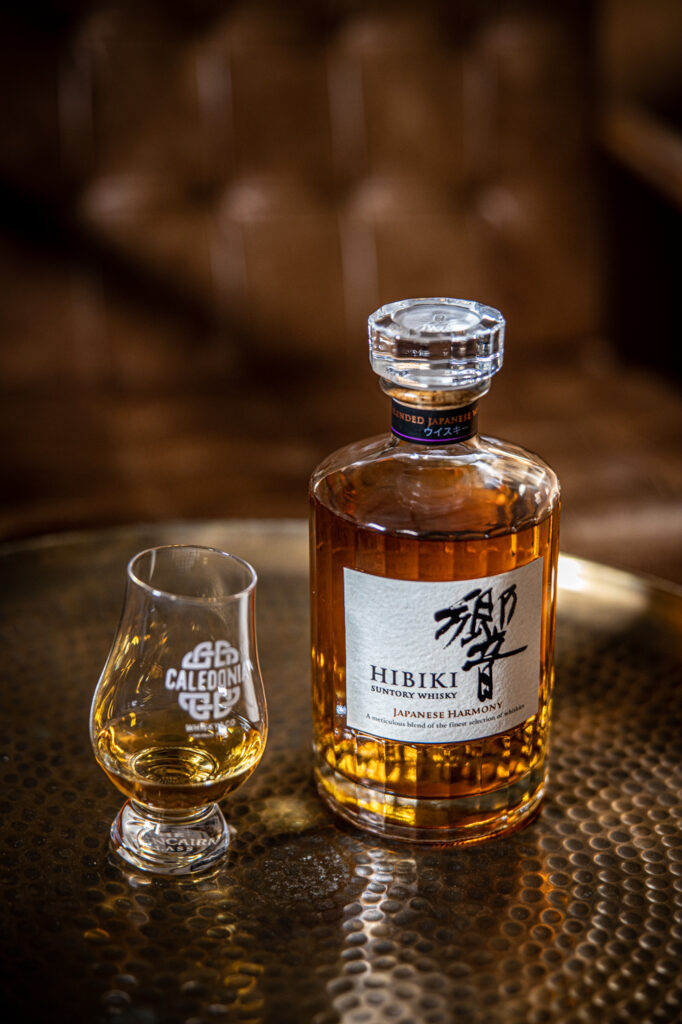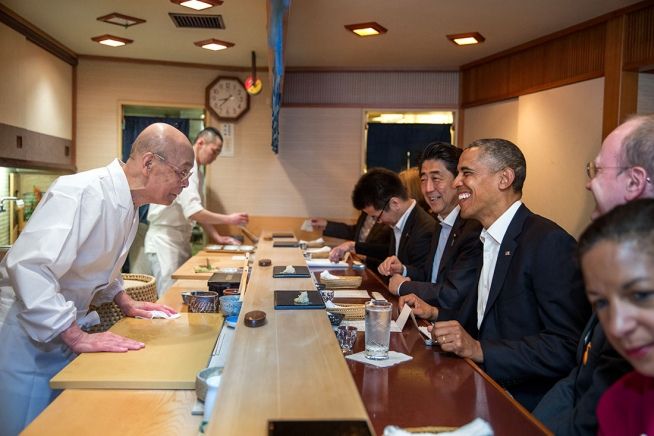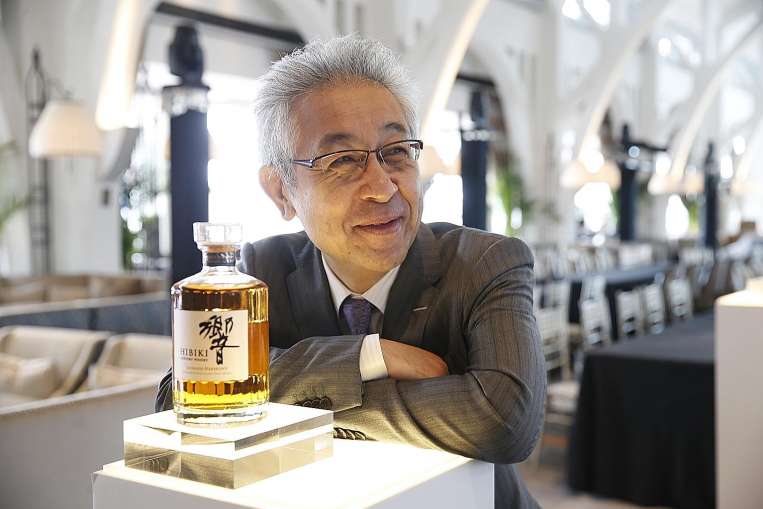
“I will keep trying to climb until I reach the top, even though no one knows where the top is.” The phrase is from the nonagenarian Jiro Ono, protagonist of a documentary I recently watched on Amazon: Jiro Dreams of Sushi. Jiro is the owner and chef of a restaurant that serves only sushi, called Sukiyasbashi Jiro. The space, with only ten seats, kept from 2007 to 2019 a three star rating by the Michelin Guide – the maximum award. In 2019 Sukiyasbashi Jiro lost its stars. But not by demerit. But because it became so famous that it does not accept reservations to the general public anymore.
The documentary, released in 2012, shows the chef’s crystalline devotion for his occupation. Jiro obsesses about the placement of the mats on his counter and points out where each customer should sit. Jiro massages each octopus for at least forty-five minutes, to make it more juicy. Jiro knows the exact story of each piece consumed in his establishment, and he watches his diners diligently – a longer blink of an eye may be a sign that something has changed. Jiro was born to make sushi. His success is almost a natural extension of him.

It is something that, in a way, could also be said of Suntory, Japan’s largest whisky producer. Its first label was launched in 1929. Today, its success is undeniable. The brand’s products are so desired that the more mature expressions even had to be discontinued. It could – the attention to detail, from the liquid to the packaging, is so meticulous that it even looks like that of an award-winning sushiman.
And after a long hiatus, two Suntory labels finally arrived in Brazil, to complete the portfolio with Roku Gin, Haku Vodka and The Chita. They are the single malt Yamazaki Distiller’s Reserve – part of a future tasting of this Dog – and the Hibiki Japanese Harmony, blended whisky and the object of this article.
According to Suntory, Hibiki Japanese Harmony is considered the cornerstone of the Hibiki blending line, and carries the same base malts and grain whisky as the most mature expressions, Hibiki 17 and 21 years old. There are three. Yamazaki, responsible for a good part of the sweet and candied fruit notes of the blend; Hakushu, which brings a slight impression of smoke and iodine and The Chita, which brings sweetness and balance to the mix – “daishi” as the company itself defines.
The maturation takes part in five different types of barrels, from three different species of oak. The ex-bourbon American serves as a base – with sweetness and vanilla. The European oak previously used for sherry wine brings seasoning, as well as the rare Japanese oak, known as mizunara.
Hibiki Japanese Harmony shows how complex the creation of a blended whisky is, and the level of knowledge of its master blender, Shinji Fukuyo. Its components must be combined in order to bring harmony, drinkability, but, at the same time, personality. To paraphrase Jiro Ono “there is a balance between fish and rice. If it is not in perfect harmony, it will not be good ”. Attention should be paid to balance, in order to avoid that certain whisky does not stand out, but also to let part of the character of each one be noticed. This is actually the biggest challenge for every blender in the world.

But in the case of the Japanese, there is yet another setback. The raw material is incredibly scarce, because there is a huge demand for Japanese malts in the world. And the blend must have standardization, consistency – Hibikis Japanese Harmonies must always have the same sensory profile. Achieving this with limited resources is not a trivial job
There is an interesting symbology behind the bottle, too. The name Hibiki means “resonance” or “harmony”. It is as if Japanese Harmony were doubly harmonic. The bottle has twenty-four distinct faces, which symbolize twenty-four seasons of the traditional Japanese calendar.
Sensorially, Hibiki Japanese Harmony is a very balanced, fruity and floral whisky. There are citrus notes, as well as vanilla, cinnamon, black pepper and coconut. The flavor intensity is higher than the average of blended whiskies, but there is almost no aggressiveness. The texture is somewhat reminiscent of its counterpart, Haku Vodka. It is curious how the Hibiki Japanese Harmony is essentially a luxury blend, but it also sensorially appeals to the enthusiast because of its intensity.
In Brazil, a bottle of Hibiki Japanese Harmony costs approximately 700 reais. It is not cheap – but it is a price consistent with other luxury blends. Some of them, also without an age stated on the label.
Hibiki Japanese Harmony is, in a way, the most perfect summary of the Japanese technique and dedication in producing whiskies. Not even his magnificent single malts – with my dear Hakushu – are a better testament to his technique. Look, my dear Jiro, I’m not sure where the top is either – but Hibiki is close to him.
SUNTORY HIBIKI JAPANESE HARMONY
Type: No age statement blended whisky
Brand: Suntory
Region: N / A
ABV: 43%
Tasting Notes:
Aroma: citrus, vanilla. Cinnamon and coconut in the background.
Flavor: Honey, candied fruit, floral, vanilla. Persistent finish, with coconut, cinnamon and a little black pepper.
Where to find: Caledonia Whiskey & Co., in São Paulo, and other selected retailers.